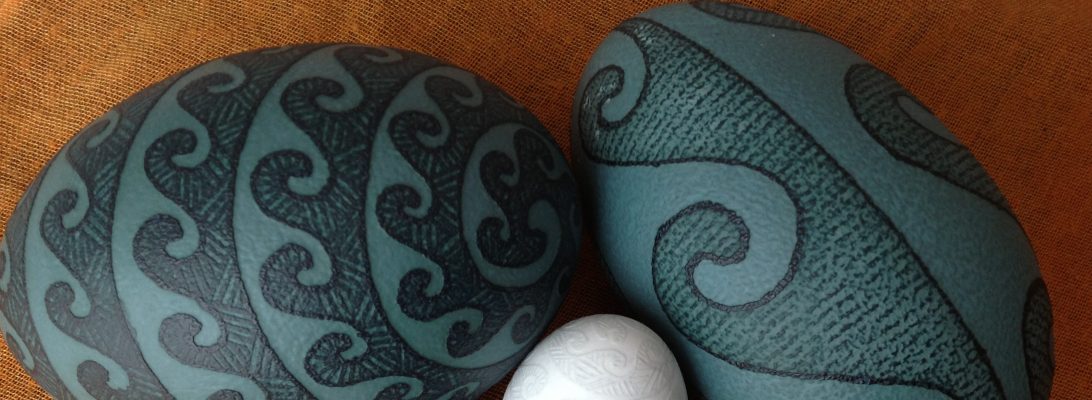It’s been rather difficult for me to find inspiration for eggs, with war and all that looming the background, so I’m glad that “Pysanky Toronto 2023” that’s starting in a few days has forced me to make some for the Lithuanian eggs workshop I’m teaching there.

All of these are attempts to copy traditional Lithuanian patterns, for some of them there are several takes of the same pattern.
There were three yellow dyes: apple wood chips (that I’ve never tried before, but that seems to be one the the most traditional yellow dyes in Ukraine), dyer’s chamomile, and some of our home grown last year’s coreopsis. Of the reds there was an old cochineal extract dye, which I’m surprised still worked, and I cannot remember when I made it, must have been for the natural dyes for Ukraine fundraiser last year. The second red dye was sappan wood which this time didn’t cooperate too well neither in the wood chips, nor in the extract form. All dyes were with alum, and the two greenish eggs were dipped into iron water after the yellow dye.
I will probably make another post or a couple eventually, showcasing at least the apple chips, but maybe other dyes individually as well.
I’m starting a new page in my egg adventures in September, so there will most likely be more frequent posts, in fact, I will probably add a personal blog page somewhere here to document my other-than-egg explorations and experiences.









